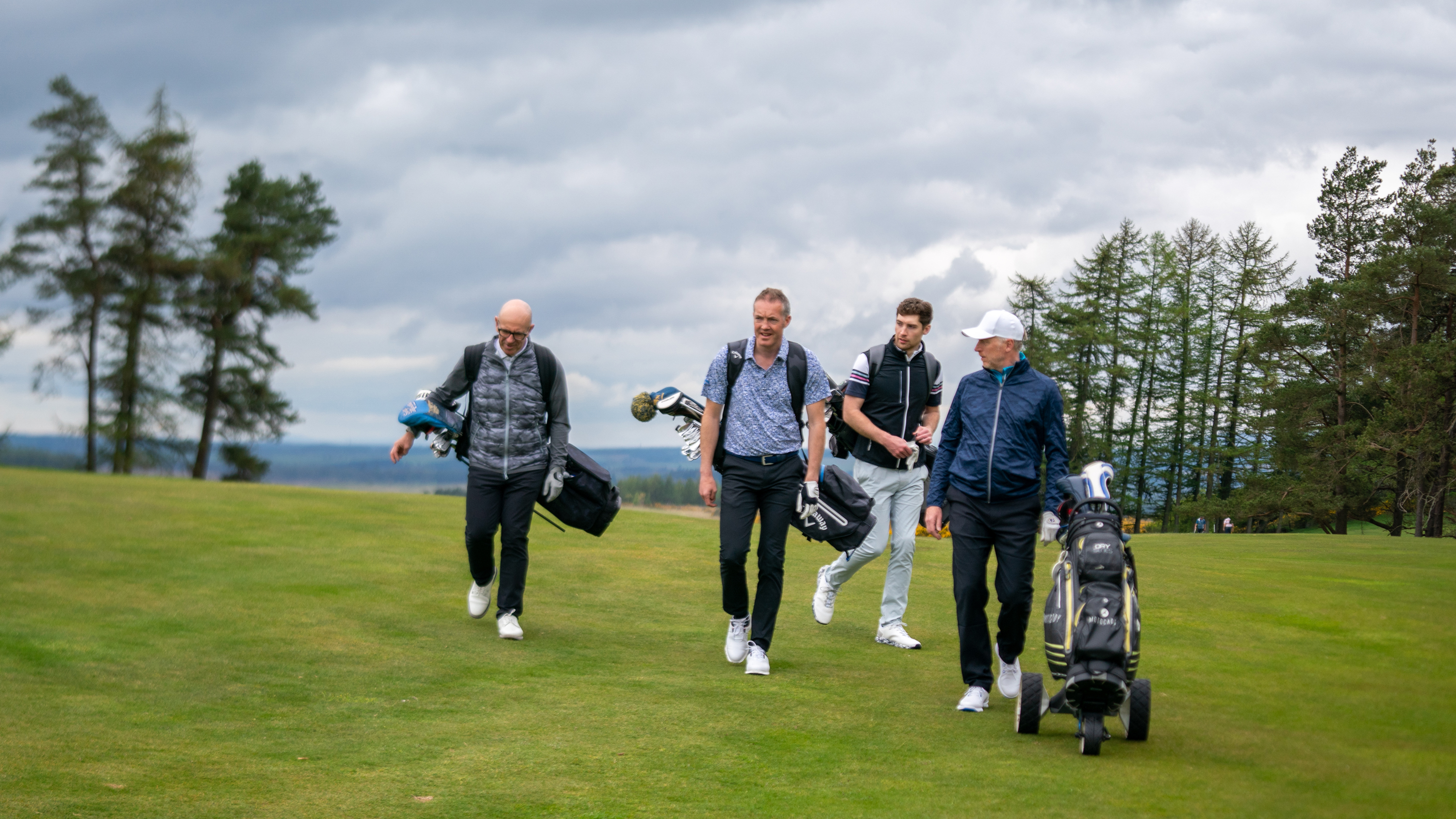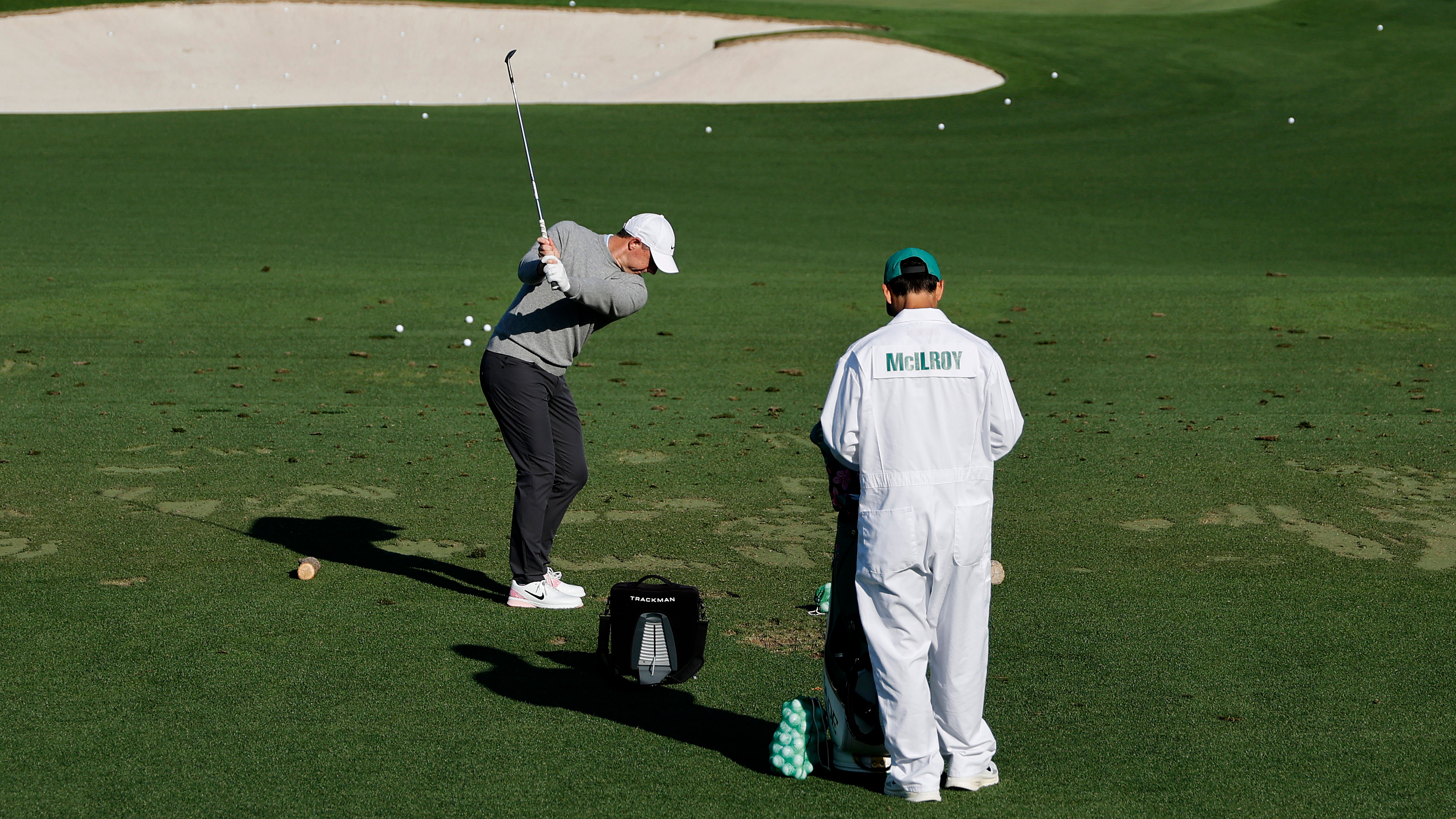What Are The Most Popular Golf Formats?
We consider some of the most played golfing formats together with some others that are less used but can be great alternatives


Few sports contain so many variables as golf. The course design and layout, the turf type, the speed of the greens, the pin positions and, of course, the weather are contributing factors making every round of golf unique.
With all those inconstant influences to consider and deal with every time we head onto the fairways, it’s understandable that most of us are fairly conservative when it comes to choosing the format we play. The vast majority of games completed are played to either the strokeplay, Stableford or straight match play formats we all know so well. Let’s consider them first.
Strokeplay

Cam Smith - He won The Open in a strokeplay competition
The purest and most traditional form of individual golf – Quite simply, it’s how many shots it takes you from teeing area to holing out on each hole. Those individual hole scores are added together at the end of the round to give your total score. If you’re playing gross strokeplay, as per elite golfers in regular tournaments, the player with the lowest total of strokes at the end of the day wins. If you’re playing nett strokeplay, each player deducts their Playing Handicap from their gross strokeplay total at the end of the round and the lowest total score wins.
Stableford
This is a hugely popular format that allows you to continue scoring even if you pick up on one or more holes. Points are allocated for your nett score on individual holes. Whether or not you receive a shot on a hole is dictated by your handicap and the stroke index of that hole. The scoring system is as follows: 0 points for a nett double bogey or worse, 1 point for nett bogey, 2 points for nett par, 3 for nett birdie, 4 for nett eagle, 5 for nett albatross. Points for each hole are added together at the end of the round to give a total Stableford score.
Match play

The Solheim Cup is a match play event
In this format, players compete on a hole-by-hole basis. By winning a hole, a player goes one-up. If they win the next, they go two-up and so on. If you reach a point when you are further up than there are holes left to play i.e. you’re five holes up with only four to play, you win the match.
You can either play gross match play (no shots given) or nett match play (shots are given) and you can play singles or pairs. You can even try threeball match play – see below.
Those are the basic golfing formats, but they can be adapted and there are plenty of others to try – here below are some options to consider:
Get the Golf Monthly Newsletter
Subscribe to the Golf Monthly newsletter to stay up to date with all the latest tour news, equipment news, reviews, head-to-heads and buyer’s guides from our team of experienced experts.
Twoballs

Bisque Match Play
Essentially, the game is exactly the same as singles match play, the variance is that the player receiving strokes (full difference) can choose when to take them. The decision to use shots must be taken at the completion of a hole. For example: If a gross five is scored against the opponent’s four, a shot can be taken to earn a half. If a player has many shots to play with, more than one can be taken on a hole.
String Game
Rather than receiving strokes, each player gets a length of string equivalent to their handicap – one foot per shot. The string can be used to move the ball to a more advantageous spot without losing a stroke. The player measures the distance the ball has been moved and cuts this length off their string. The ball might be moved out of a hazard or, crucially, into the hole on the putting green. The ball can be moved as many times as the player likes, as long as they have string left.
Threeballs

Threesomes Match Play
This is one of the best threeball formats. One player takes on the other two. The solo golfer plays his own ball, the other two play foursomes. It’s straight match play and the handicap allowance is the full difference between the individual’s handicap and half of the combined total of the pairs'.
Points game or “Barracuda”
Each hole is played for six points. Full handicap allowance applies with shots given at holes as stroke index dictates. If a player wins the hole outright they earn four points, the runner-up picks up two points. If the runner-up spot is shared, both receive one point. If two players halve the hole, they receive three points each. If all three halve the hole, each player receives two points. The winner is the player with the most points after 18 holes.
Fourballs

Skins
One of the best fourball formats is Skins. Each hole is worth one “skin.” If a player wins the hole outright (full handicap is applied) they get the skin. If nobody wins outright, the skin is carried over and the next hole is worth two skins. This continues until someone wins a hole outright. When that happens, the next hole will be worth one skin again.
Daytona
Playing in pairs, each team adds their nett scores together for each hole. If both make five on a hole they score a 55. If the scores are different the ordering depends how the team fared compared to par. If one team member makes par or better the lower total comes first but if neither make par, the higher total comes first. For example: Team A take a three and a six on a par four so their total is 36. Team B take a five and a six on the same hole so their total is 65. Total score after 18 holes wins.
Groups - Texas Scramble
Every player tees off and the best drive is selected. Every player then plays from that spot and the best shot is once again chosen. Play continues like that until a ball is holed out. Scores tend to be pretty good in this format. Often there is a requirement that three of each player’s drives must be used during the course of the round.
Groups - Dice Scramble
Every player tees off and a dice is rolled. If a one comes up the drive of the first person listed on the scorecard must be used, two is the second person on the scorecard and so on. A five means the worst of the four drives must be taken and a six means the best must be taken. After that, regular scramble rules apply – all play a second shot, the best is selected and all play from where it ended and so on until the ball is in the hole.

Fergus is Golf Monthly's resident expert on the history of the game and has written extensively on that subject. He has also worked with Golf Monthly to produce a podcast series. Called 18 Majors: The Golf History Show it offers new and in-depth perspectives on some of the most important moments in golf's long history. You can find all the details about it here.
He is a golf obsessive and 1-handicapper. Growing up in the North East of Scotland, golf runs through his veins and his passion for the sport was bolstered during his time at St Andrews university studying history. He went on to earn a post graduate diploma from the London School of Journalism. Fergus has worked for Golf Monthly since 2004 and has written two books on the game; "Great Golf Debates" together with Jezz Ellwood of Golf Monthly and the history section of "The Ultimate Golf Book" together with Neil Tappin , also of Golf Monthly.
Fergus once shanked a ball from just over Granny Clark's Wynd on the 18th of the Old Course that struck the St Andrews Golf Club and rebounded into the Valley of Sin, from where he saved par. Who says there's no golfing god?
-
 Rory McIlroy Explains His Extraordinary Pre-Round Routine (And It's The Complete Opposite Of Most Amateurs)
Rory McIlroy Explains His Extraordinary Pre-Round Routine (And It's The Complete Opposite Of Most Amateurs)McIlroy shares what goes into his usual pre-round routine at tournaments and what his timetable looks like before arriving at the first tee
By Jonny Leighfield Published
-
 ‘You Kinda Did It To Yourself’ – When Bryson DeChambeau Needled Rory McIlroy Over US Open Battle
‘You Kinda Did It To Yourself’ – When Bryson DeChambeau Needled Rory McIlroy Over US Open BattleMonths after Bryson DeChambeau’s defeat of Rory McIlroy in the US Open, the two met in Las Vegas, where the LIV Golfer had a lightning-quick response to a humorous comment from his rival
By Mike Hall Published